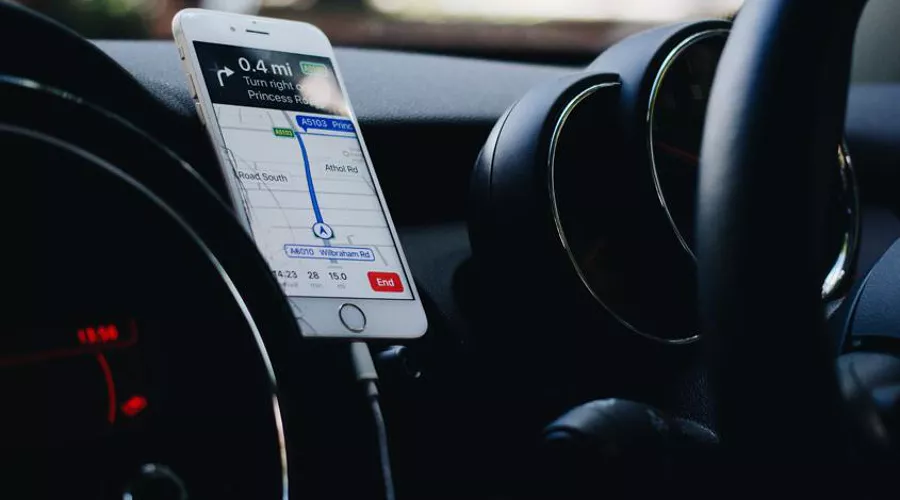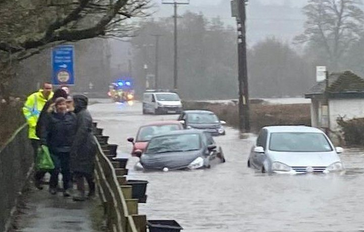Young driver insurance brand ingenie is calling for schools to teach children hazard perception, following an experiment to see if experienced drivers could pass their theory, hazard perception and driving test – 20 years after passing the first time. The experiment shows Tracey, aged 45, and Lester, aged 51; fail their theory and hazard perception quite spectacularly. The hazard perception test, with just a 58% score needed to pass, was failed at 39% and 52%. ingenie suggests that training for driving knowledge, specifically hazard perception, could be significantly improved if introduced at an earlier age.
The hazard perception part of the driving test wasn’t introduced until 2002, meaning neither Lester or Tracey has ever been assessed on risk awareness. Despite the two drivers having almost 55 years of driving experience between them, both drivers failed the practical test with over FIVE major faults – most commonly, for errors in observation and hazard awareness. In the standard practical driving test, just one major fault constitutes a fail.
The introduction of the hazard perception test is accredited with an 11% decrease in new driver crashes,1 showing that these skills are incredibly important for road safety. ingenie is pushing for schools to introduce hazard perception training so potential drivers can get a head start on the skills they need to be safe drivers for life.
Currently, award-winning online training resource Drive iQ has been adopted in 1,300 schools for 15 and 16-year-old children, enabling the improvement of their awareness and recognition across numerous engaging modules. The activities also cover socials aspects such as distracted driving and peer pressure, neither of which are discussed in driving lessons or tests. The frontal lobe, the part of the brain that assesses hazards, isn’t fully developed until around 25 years old, highlighting the need for earlier brain training to make drivers of the future safer.
Richard King, ingenie CEO says, "We know that the frontal cortex of the brain, the part that processes hazard perception and risk, is often not fully developed until the age of 25. If schools introduced hazard perception techniques to pupils before they even reach driving age, teenagers would have a much better awareness of hazards and how to plan for them, ultimately leading to safer road behaviour."
The instructor from the experiment, Rebecca Ashton from IAM RoadSmart, said, "Road safety needs to become part of a young person’s thinking and ingenie’s suggestion of introducing hazard perception training in schools would be a good opportunity to help give under-17s a head start before they’re even thinking about driving lessons. Other countries have teaching on road safety as part of primary and secondary education, so why should we not have it too?"
The experiment marks the second of the five gears in ingenie's Parent Manifesto; a robust series of activities that aims to educate parents on how to get more involved when their child is learning to drive, in order to complement the learning process and promote safer driving amongst young people. The manifesto will be made up of five stages released over the next few months – with each stage aiming to educate parents on another way they can help their child drive safely and save money.
















